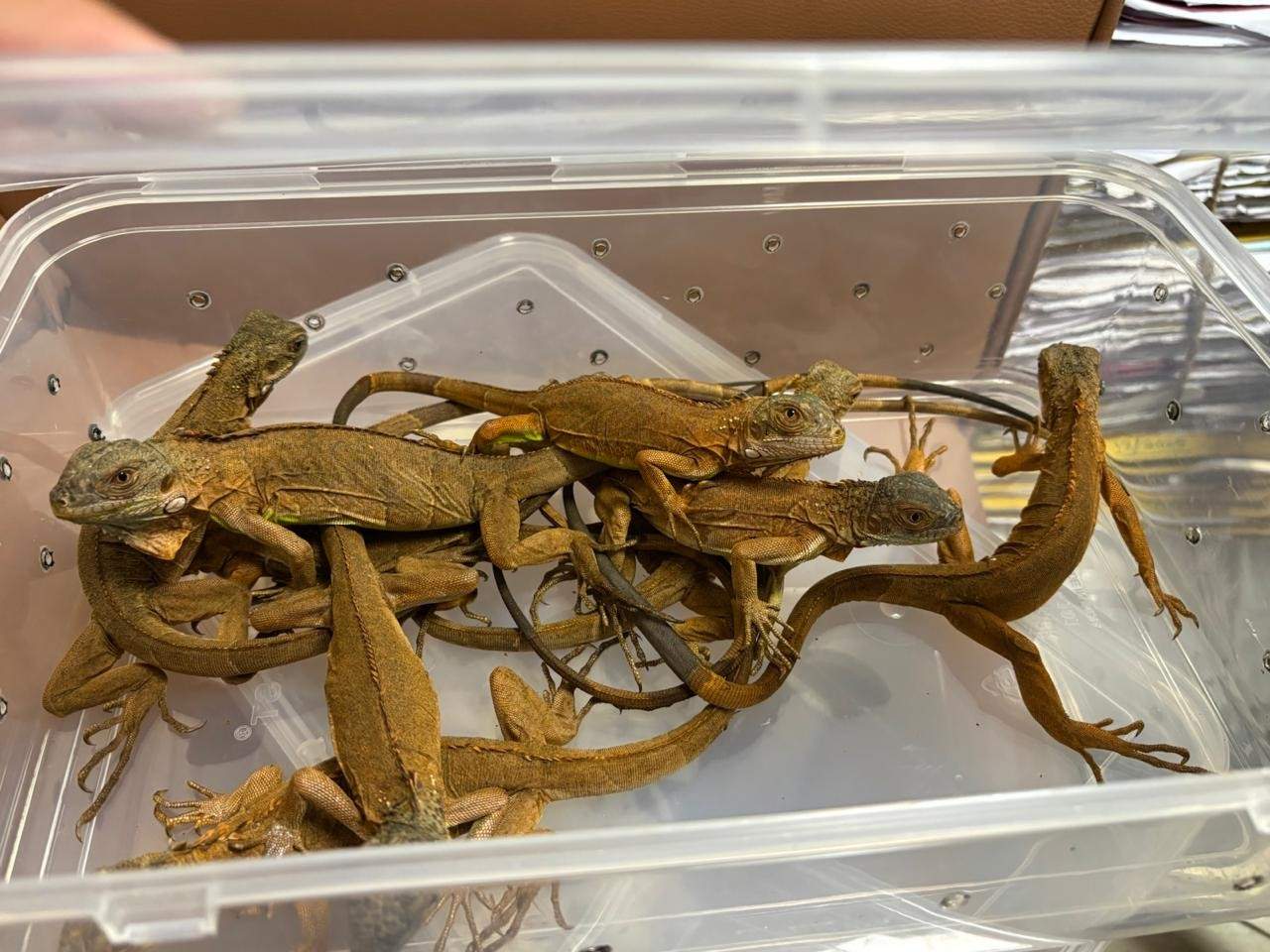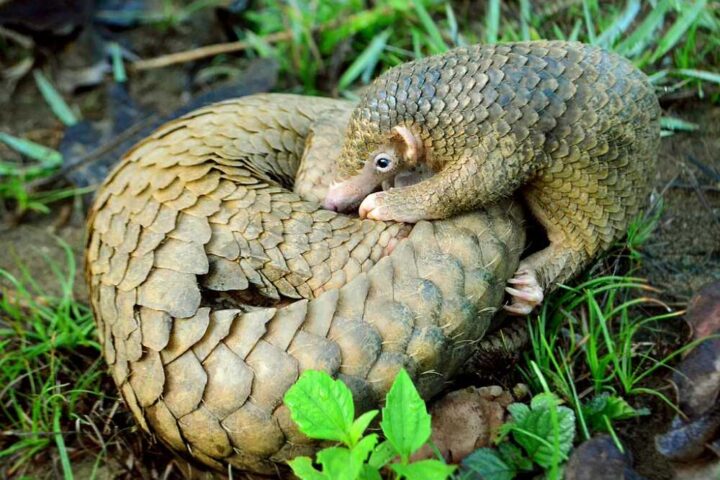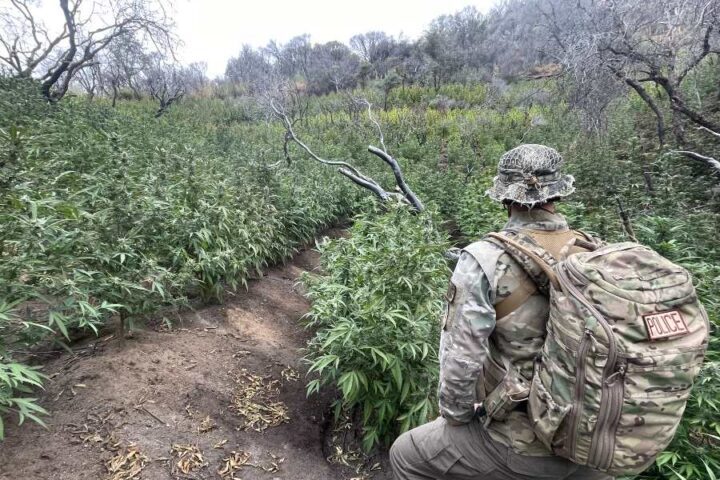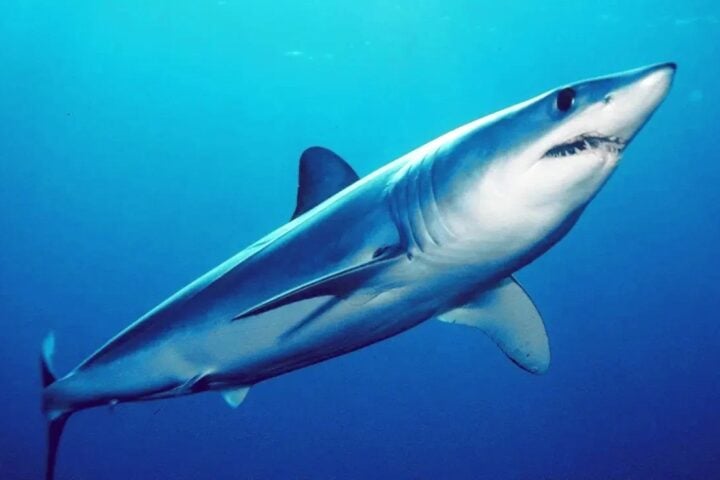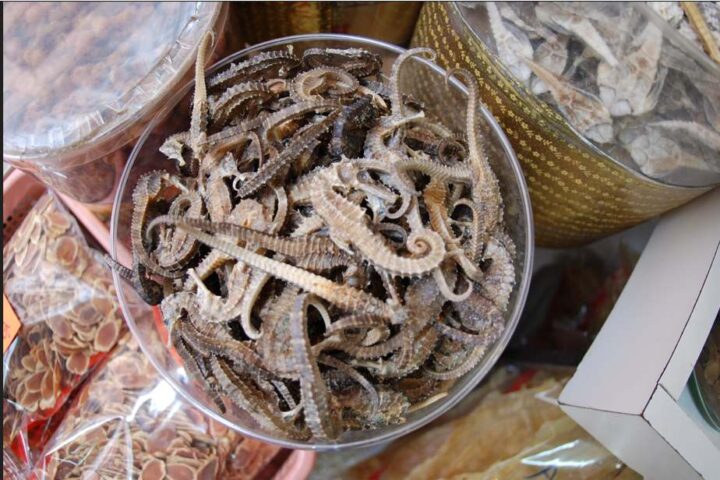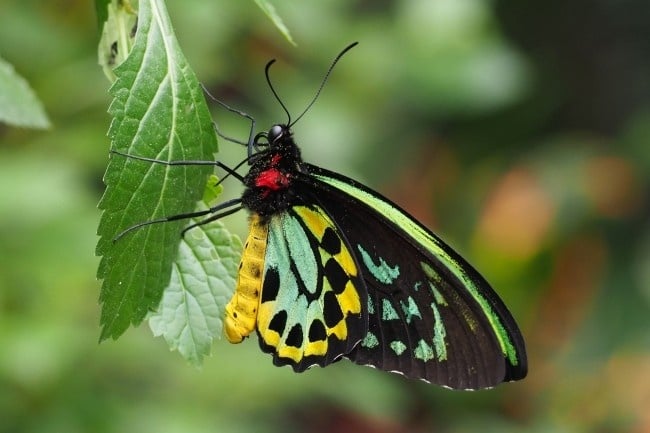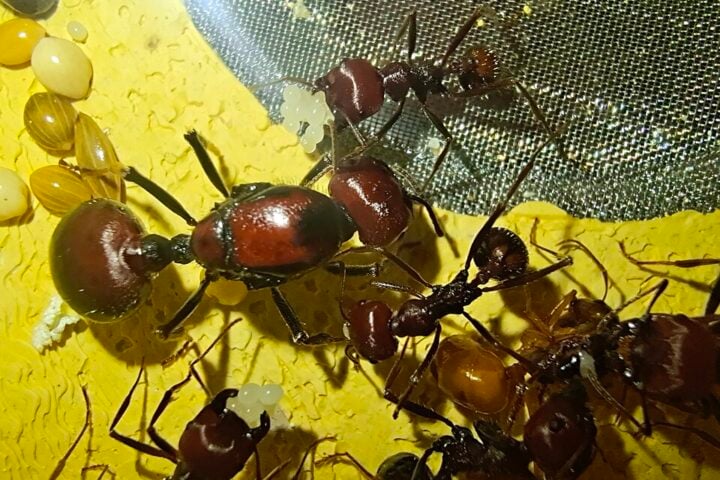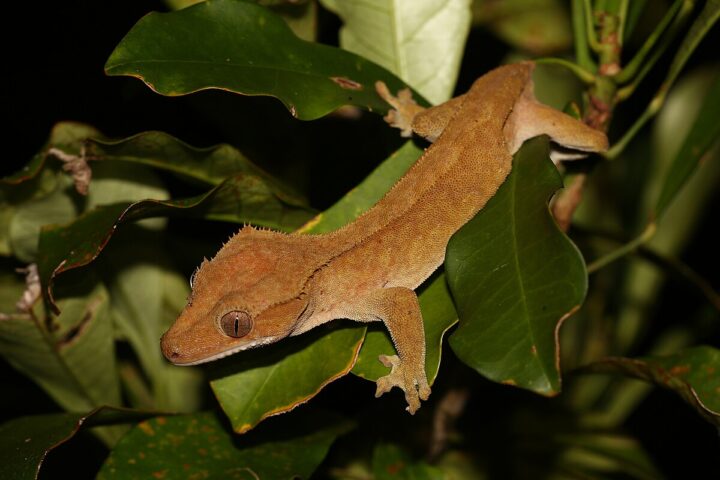Customs officials at Mumbai’s Chhatrapati Shivaji Maharaj International Airport arrested an Indian passenger arriving from Bangkok with nearly 100 exotic animals hidden in his luggage. The man “exhibited signs of nervousness” during profiling, leading officers to inspect his baggage on June 9, 2025.
The search revealed a disturbing collection: 80 iguanas (50 alive, 30 dead), a honey bear (kinkajou), six Leucistic Sugar Gliders, two Brazilian Cherry Head Tortoises, several sunbirds (including a dead fire-tailed sunbird and purple-throated sunbird), two crested finchbills, and tarantulas (including a Chaco golden-knee and Brachypelma spp.). The animals were concealed in plastic containers, cartons, and mesh cages.
“In a significant operation, customs officers intercepted an Indian national leading to the seizure of multiple live and deceased wildlife species, some of which are protected under wildlife protection laws,” the Ministry of Finance stated.
Similar Posts
This seizure is part of an alarming trend. Wildlife trade monitor TRAFFIC reports over 7,000 animals have been seized along the Thailand-India air route in just the past 3.5 years. More than 80% of these interceptions happen in India, making it a major destination for smuggled wildlife.
“The almost-weekly discoveries and diversity of wildlife en route to India is very troubling,” said TRAFFIC’s Southeast Asia director Kanitha Krishnasamy. “The fact that they are trafficked alive via air shows that the clamour for exotic pets is driving the trade.”
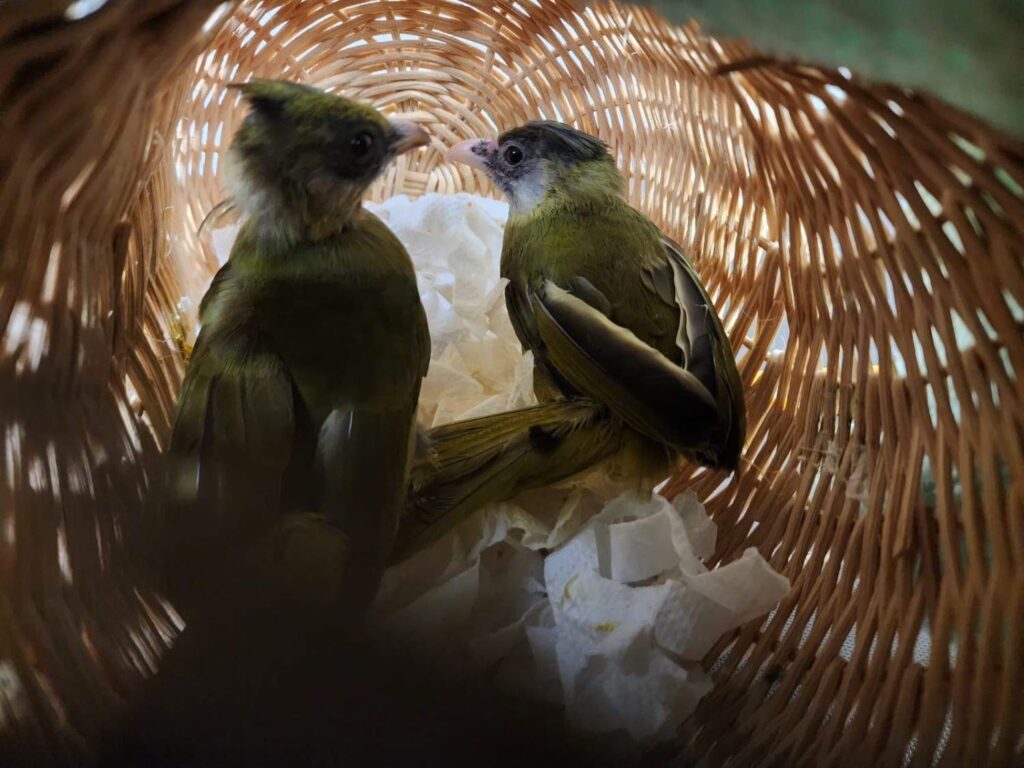


Why People Buy Exotic Animals
The demand for exotic pets stems from several factors. Rare animals serve as status symbols among wealthy collectors. Many buyers are drawn to the uniqueness and “exotic” appeal of these animals, often influenced by social media trends where unusual pets generate attention. Some purchasers may not even realize they’re participating in an illegal trade with devastating consequences.
The exotic pet market creates a lucrative opportunity for smugglers. Rare species can fetch high prices, making the risks worthwhile for criminal networks. The illegal wildlife trade is estimated to be worth billions globally, driven by consumer demand for exotic pets.
Environmental and Social Costs
The costs of wildlife trafficking are enormous. When animals are poached from their natural habitats, it directly harms wild populations already threatened by habitat loss and climate change. Many seized species play crucial ecological roles in their native environments – from seed dispersal to controlling insect populations.
The kinkajou found in this seizure is native to Mexico’s rainforests. Sugar gliders are native to Australia, while the Brazilian Cherry Head Tortoises come from South America. These animals are adapted to specific ecosystems where they fulfill important ecological functions.
When exotic animals escape or are released, they can become invasive species. India has already experienced this problem with alligator gar appearing in Dal Lake, piranhas in the Godavari river, and red-eared slider turtles spreading in Kerala’s canals. These invasive species outcompete native wildlife and disrupt local ecosystems.
The health risks pose another serious concern. Smuggled wildlife can carry diseases that jump to humans, potentially causing outbreaks. The stress of capture and transport also means many animals die during transit, as evidenced by the 30 dead iguanas in this case.
Recent Seizure Pattern
This isn’t an isolated incident. Mumbai Airport has seen multiple major wildlife seizures recently:
- Earlier in June: Dozens of venomous vipers, including near-threatened spider-tailed horned vipers
- February 2025: Five endangered Siamang gibbons hidden in a passenger’s luggage
- November 2024: A passenger caught with 12 live turtles
The passenger now faces charges under the Customs Act of 1962. Authorities are investigating to identify the wider smuggling network, working with the Wildlife Crime Control Bureau and international partners.
India has strengthened its legal framework with the 2022 amendment to the Wildlife Protection Act, which includes CITES-listed species. The new Living Animal Species (Reporting and Registration) Rules of 2024 require exotic pet owners to register their animals with state wildlife departments within six months.

Despite these efforts, wildlife trafficking continues. Better enforcement, international cooperation, and public awareness are needed to combat this trade. Most importantly, reducing demand through education about the ecological damage and legal consequences of exotic pet ownership will be key to protecting these vulnerable species.
For the surviving animals, rehabilitation remains challenging. Many cannot return to the wild or their native habitats, requiring specialized care in sanctuaries for the remainder of their lives—another hidden cost of the illegal wildlife trade.
